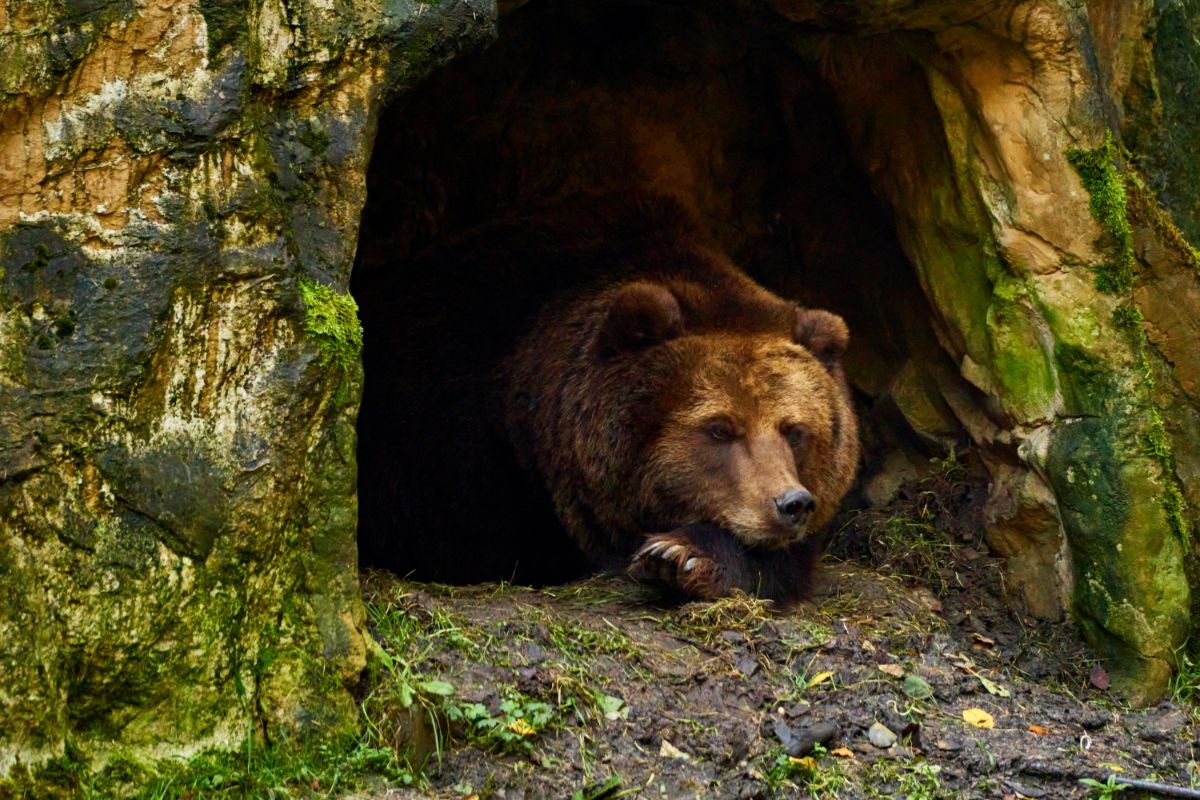The continent of Australia is typically a hot place to be a lot of the time, despite being so close to Antarctica. There is an increased risk of fire danger and bushfires during the seasons of Spring, Summer, and Autumn.

What does not help is a bird that actively increases the size of fires to flush out any prey that is attempting to hide. That’s pretty much how the firehawk operates as it picks up burning sticks and stones, and then carries them to create new fires.
In this guide, we will look at how you can identify a firehawk and how a firehawk uses fire to catch its prey.
How You Can Identify A ‘Firehawk’
Pretty much every living creature has had to adapt to the outbreak of fire in Australia. Indeed, the Aborigines typically use fire to help their hunting, reduce the hazards of wildfire, increase biodiversity, and change plant and animal species composition in the area.
In northern Australia, those adapting living creatures include raptors that tend to hover over the flames to capture any prey and prevent it from escaping. One of those raptor species is the firehawk.
The firehawk is common in some tropical Australian habitats including savannas. The firehawks were identified for their cooperative and solo attempts to intentionally spread wildfires by carrying burning sticks in their beaks or talons.
Those raptors are actively known as the Whistling Kite (Haliastur sphenurus), Black Kite, (Milvus migrans), and Brown Falcon (Falco berigora).
If you happen to be close to a fireline in Australia and spot a hawk carrying a smoldering rock or stick, then you can suspect that it is a firehawk.
The rock or stick may be dropped a fair distance away, even as far away as a full kilometer, yet that is more than enough to spread the flames.
You should also see the hawk hover close by and if it swoops down you can almost guarantee it is coming away with some tasty prey. You could even call it constructive arson and an innovative way of catching prey.
How An Australian ‘Firehawk’ Uses Fire To Catch Its Prey
Thankfully, the firehawk’s destructive behavior is quite uncommon and you would rarely see it.
This is largely due to the observer’s necessity to be in front of the fireline and get close enough to watch the controlled burn when the raptor practices its prey-capturing technique.
There are few, if any photos, of the behavior and it has been down to eyewitness accounts from Aborigines that it has become known as they have tended the fires from generation to generation.
The firehawk uses the fire to help it locate its prey as the flames drive out insects and small animals. A bigger fire can help perpetuate a feeding frenzy as lizards, insects, and small birds flee for safety.
If the firehawk can spot some prey trying to hide from the flames, the burning sticks spread the fire and drive them out, right into their path.
In effect, the firehawk welcomes a fire as it can soar then perch above the flames and pick the frightened prey it wants to force to flee and create easy food collection.
Final Thoughts
The practice of a hawk using a fire to hunt may have been going on for millennia. Thankfully, it is becoming more well-known thanks to the testimony of native Aborigines and studies when bushfires do occur.
Firehawk raptors can gather in their hundreds along the fireline and will watch the type of prey that is trying to keep away from the flames who only have two options, to flee and be caught or stay and be engulfed in flames.
Using sticks and stones, firehawks will create new fires to hone in on their prey where they will be waiting to catch them.
Frequently Asked Questions
How High Can A Black Kite Hawk Fly?
While a black kite will be hovering relatively close to the flames as a firehawk, the species has been known to fly as high as 800 meters above sea level.
This type of hawk is well known for its ability to spend a prolonged period of time in the air. Kites, as a species of hawk, can fly as high as 800 meters but also come down as low as 30 meters.
What Role Does A Forest Fire Play?
In terms of shaping an ecosystem, a forest fire can play a key role in its change and renewal. Aborigines in northern Australia have used fires to aid their hunting as well as reduce the hazards of wildfire itself, and even increase biodiversity.
However, to humans, an uncontrolled fire can be deadly as it sweeps through a populated area to destroy homes and produce air pollution.
- What Do Squirrels Eat? Learn About Their Diet and Winter Survival - October 14, 2024
- What Do Raccoons Eat? Discover Their Diet and Eating Habits - October 6, 2024
- What do foxes eat? - October 5, 2024








